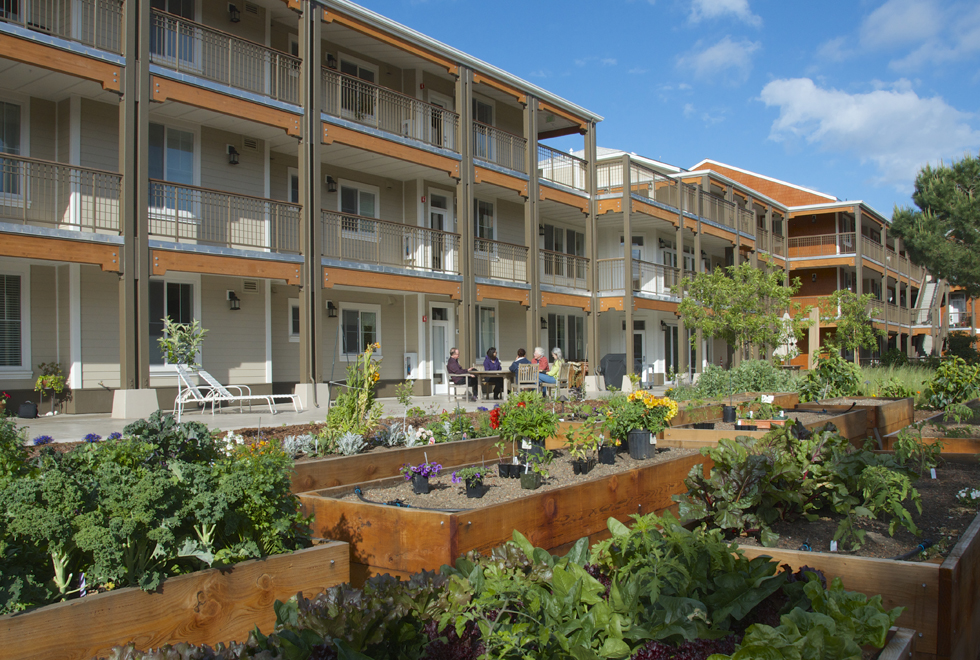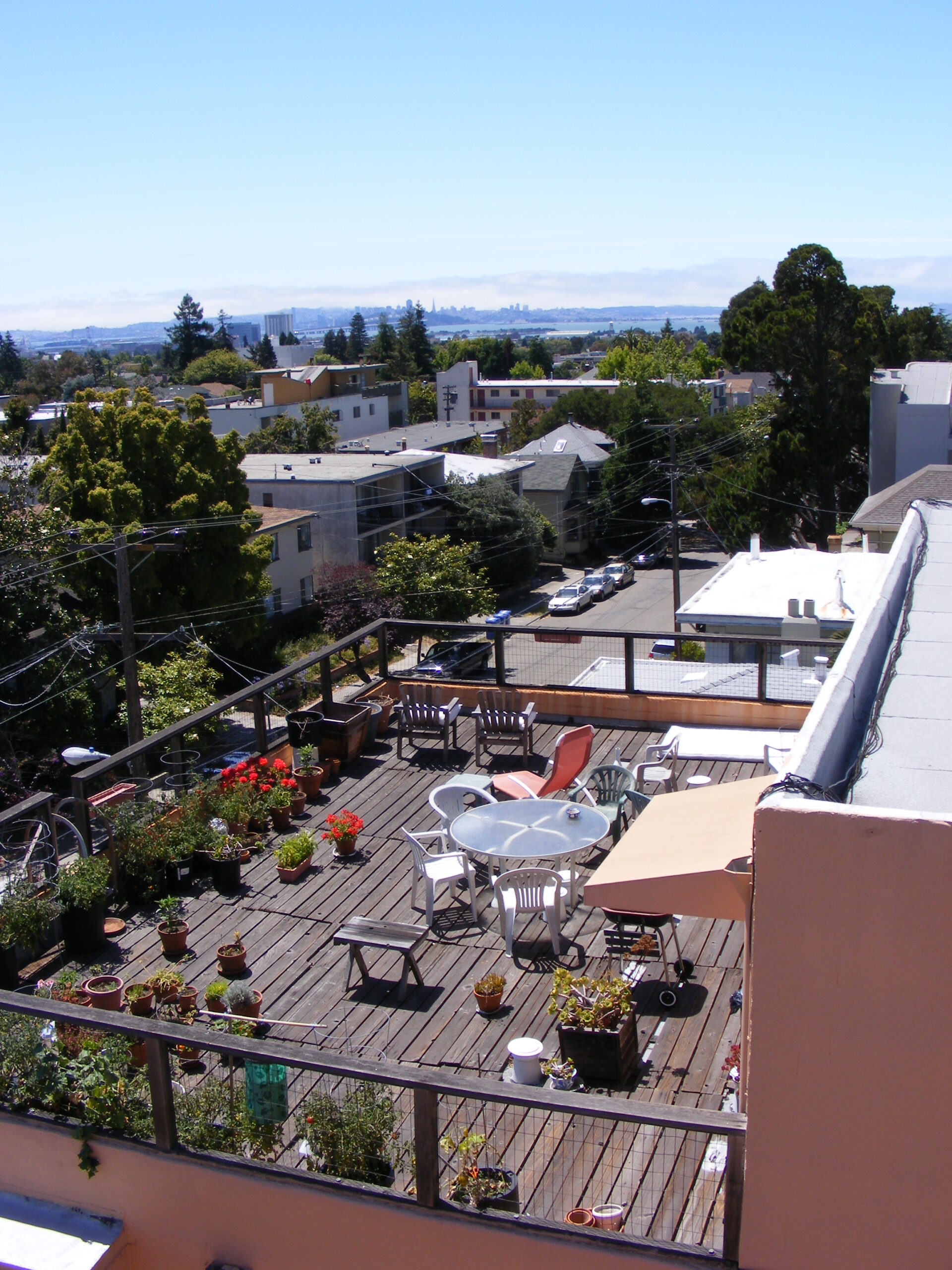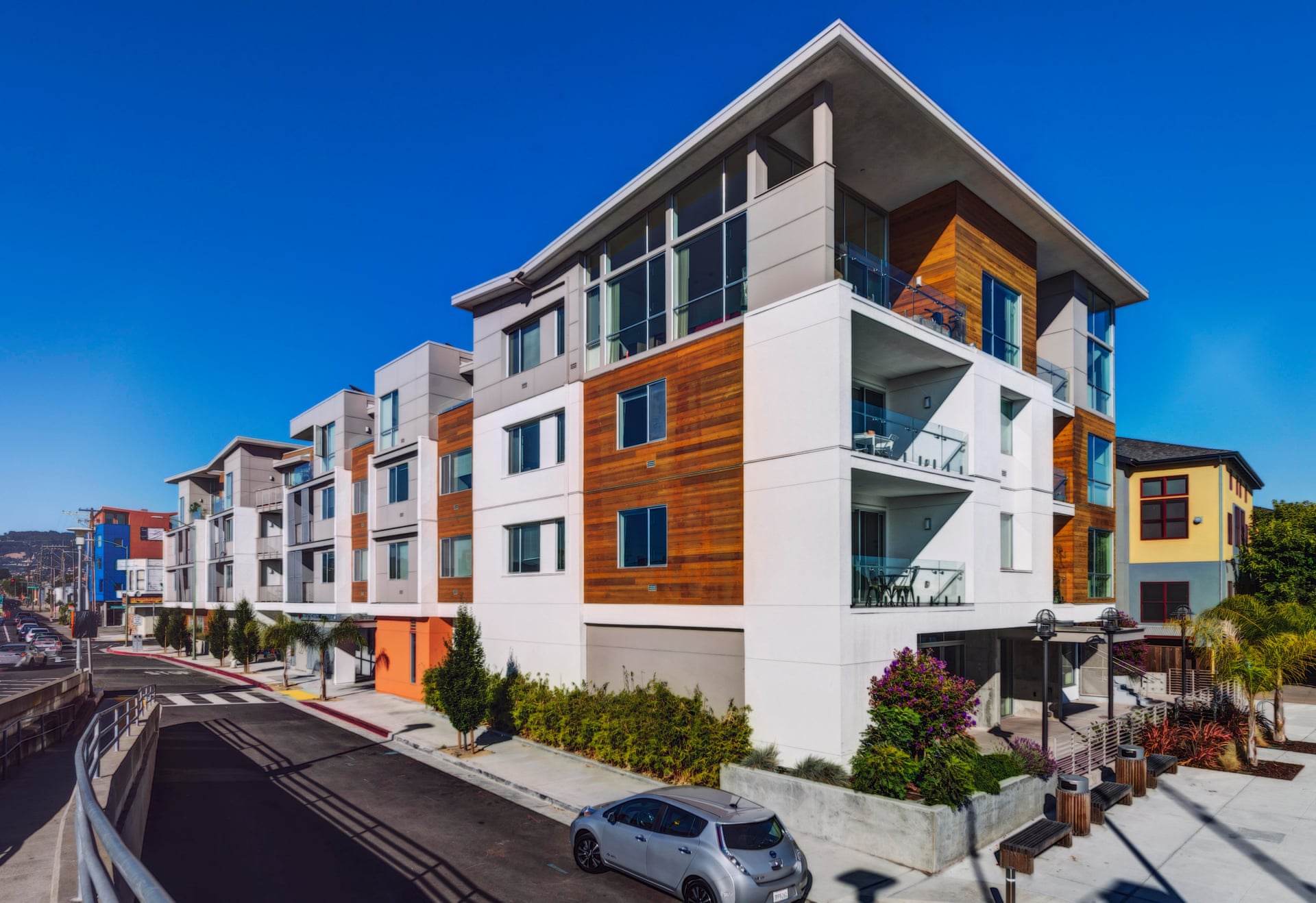Where Are We Going to Live?

“The top three priorities we are currently addressing, 1. Housing, 2. Housing, and 3. Housing,” said John Rahaim, San Francisco’s acting Planning Department Director, as he addressed a crowd of architects, developers, and construction industry insiders at this year’s Facades conference. Rahaim continued to outline the challenges which have plagued the housing market – escalating construction costs, development fees, arduous and lengthy approvals, often among multiple jurisdictions, and the need to find low equity options for the region’s disadvantaged residents. He addressed the misconception that “if there isn’t housing, then more people won’t move here.” His office’s research and his own experience have led Rahaim to the conclusion that as long as there are jobs and other economic opportunities, people will continue flocking to the Bay Area, expecting housing to work itself out. As we have seen in recent years, this ever-expanding demand, combined with ballooning salaries of technological and financial professions, has stressed the market and created what many have been calling a housing “bubble” in the region, with eye-watering prices and no vacancies.
Bubble or not, it seems clear to most that if the region is to continue to prosper, more space needs to be made. This reality is evidenced in a 2018 report by the City of San Francisco Planning Department, which found, “63% of the Bay Area’s housing stock is single-family homes,” and “15% are 20+ units” (Rahaim & al, 2018). Although there is agreement the region’s housing market is in crisis, many efforts to address shortages have generated more controversy than consensus, with an array of different governmental and private sector groups fighting to see their ideal vision of growth enacted (Fang, T.).
Although a clear path forward has not yet been established, people tend to acknowledge that more housing is needed and quickly. Ideally, this new, repurposed and infill construction is an excellent opportunity to explore new forms of housing that provide a more diverse set of financial, social, and architectural possibilities–the refined versions of which will serve to make the region more resilient in the face of future pressures.
Our region is familiar with alternative housing models, and many different communities have emerged out of thoughtful collaborations between city governments, residents, designers, and planners. As a young resident of the Bay Area, I am familiar with many friends and colleagues who have pursued non-traditional housing options in order to live affordably, or as a way to create new networks, among other reasons. Listed below are three of the models which are most prevalent and successful in our area, although others exist:
Co-housing:
One of the typologies that have gained some traction in the Bay Area is the concept of Co-housing, a model where each resident has a private unit that is centered around a common space such as an outdoor patio, kitchen, or living room. The organization of the community is democratic and encourages residents to interact through shared meals, events, and other cooperative structures. Several successful projects in this vein exist throughout the Bay Area:
- Swans Market, Oakland
- Phoenix Commons, Oakland
- Mountain View Co-Housing, Mountain View
- Pleasant Hill Co-Housing, Pleasant Hill
This housing model seems to be the most normative in its financial model, with individuals still owning and controlling private property. However, it affords many progressive benefits such as the potential to dramatically increase density, perform more sustainably, and create strong social connections between residents.
Limited equity housing collectives (LEHC):
This model of housing is meant to make homeownership more affordable and is centered around a non-profit which owns the property and then sells its shares to prospective buyers. Owners of the shares have rights to the unit and to participate in the democratic operation of the community. When selling their shares, owners are typically not given any profits from the inflation of the price, if any, as this money goes back to sustain the organization. These organizations tend to be smaller and, in our area, typically don’t build their property but instead pool resources together to buy an existing structure. One of the successful projects of this type is the Parker Street Cooperative, a LEHC formed in Berkeley in 1988. The building has 24 units, a mix of studio and 1 BR, and the current share price for a 1 BR is $21,000. Although “Federal programs and cultural attitudes that helped launch a majority of the large limited-equity co-ops across the nation are long gone–this model of resident-controlled, long-term affordable housing may be experiencing new interest” (Ortiz, 2017).
Co-living:
This term is the loosest of these models but has recently become associated with a more contemporary notion of living arrangement, where residents rent out a small private space and share most of their other space with others. This trendy model is meant to appeal to a younger generation less interested in homeownership and more in shared experiences, flexible live/work environments, and other amenities that are provided by a parent organization.
Companies of this type have been popping up quickly around the Bay Area with Haas, HubHaus, OpenDoor, Roam, and Starcity, to name a few. The most prominent of these, Starcity, has recently received approval from the city of San Jose to build a 790 unit building, which will feature “65% bedrooms, and 20% of the building is dedicated to communal spaces and kitchens” (Brinklow, 2019). Although many have criticized these projects as glorified dorms lacking true solutions to affordability, their popularity clearly suggests Bay Area residents are willing to consider alternatives to traditional housing typologies in search of a different financial, social, or architectural reality.
The housing models listed above are just a few of the alternative typologies that exist in the Bay Area. No one model will solve our issues. Some of the models are best suited to older residents who are looking for community, while others are best when serving young professionals looking for an affordable place to live while starting their career. Generally, we need to be more flexible and understand all the possibilities at our disposal in order to make informed suggestions about what is best suited where. As stewards of our built environment and compassionate community members, the onus is on us architects and designers to explore the intricacies of these and other models. We must question how appropriate design can be an ally–building upon prospective housing models’ strengths while limiting risks and weaknesses, and helping to create a more diverse and, therefore, resilient market for housing in the region. As a young architect, I am tremendously motivated by this challenge. For me, it is an amazing opportunity to be a part of the coalition who will shape the future character and vibrancy of our home for the better.
Bibliography
Bowles, N. (2018, March 4). Dorm Living for Professionals Comes to San Francisco. Retrieved from New York Times: https://www.nytimes.com/2018/03/04/technology/dorm-living-grown-ups-san-francisco.html
Brinklow, A. (2019, February 27). San Jose approves co-living ‘dorms’ for downtown area. Retrieved from curbed: https://sf.curbed.com/2019/2/27/18243252/san-jose-coliving-dorms-starcity-housing-crisis
COHOUSING IS…. (2019). Retrieved from McMant and Durrett Architects the co-housing company: http://www.cohousingco.com/cohousing
Fang, T. (2019, July 18). Over 8 In 10 Bay Area Residents Agree State In Housing Crisis, Poll Finds. Retrieved from CBS SF Bay Area: https://sanfrancisco.cbslocal.com/2019/07/18/housing-crisis-bay-area-california-quinnipiac-poll/
Kristy Wang, B. G. (2017, September 21). Retrieved from SPUR: https://www.spur.org/news/2017-09-21/could-germany-s-co-developed-urban-housing-be-model-bay-area#
Ortiz, L. (2017, April 15). Will Limited-Equity Cooperatives Make a Comeback? Retrieved from Shelterforce: https://shelterforce.org/2017/04/25/will-limited-equity-co-ops-make-comeback/
Rahaim, J., & al. (2018). San Francisco Housing Needs and Trends Report. San Francisco: San Francisco Planning Department.
Trust, B. A. (n.d.). Cohousing and Limited Equity Cooperatives: What’s the Connection. Retrieved from http://bayareaclt.org/docs/cohousing_and_limited_equity_co-ops.pdf
Wang, K., & Grant, B. (2017, September 21). Could Germany’s Co-Developed Urban Housing Be a Model for the Bay Area? Retrieved from SPUR: https://www.spur.org/news/2017-09-21/could-germany-s-co-developed-urban-housing-be-model-bay-area#
Image References
Image 1: Mountain View Co-Housing Community http://mountainviewcohousing.org/
Image 2: Parker Street Cooperative (LEHC) http://parkerstcoop.org/
Image 3: The Guardian – https://www.theguardian.com/world/2018/aug/15/happy-together-lonely-baby-boomers-turn-to-co-housing
Image 4: PYATOK – http://www.pyatok.com/work/project/112/SWANS-MARKET
Images 5: Starcity co-living https://www.citylab.com/life/2019/06/cohousing-san-jose-room-for-rent-starcity-coliving-housing/590731/




